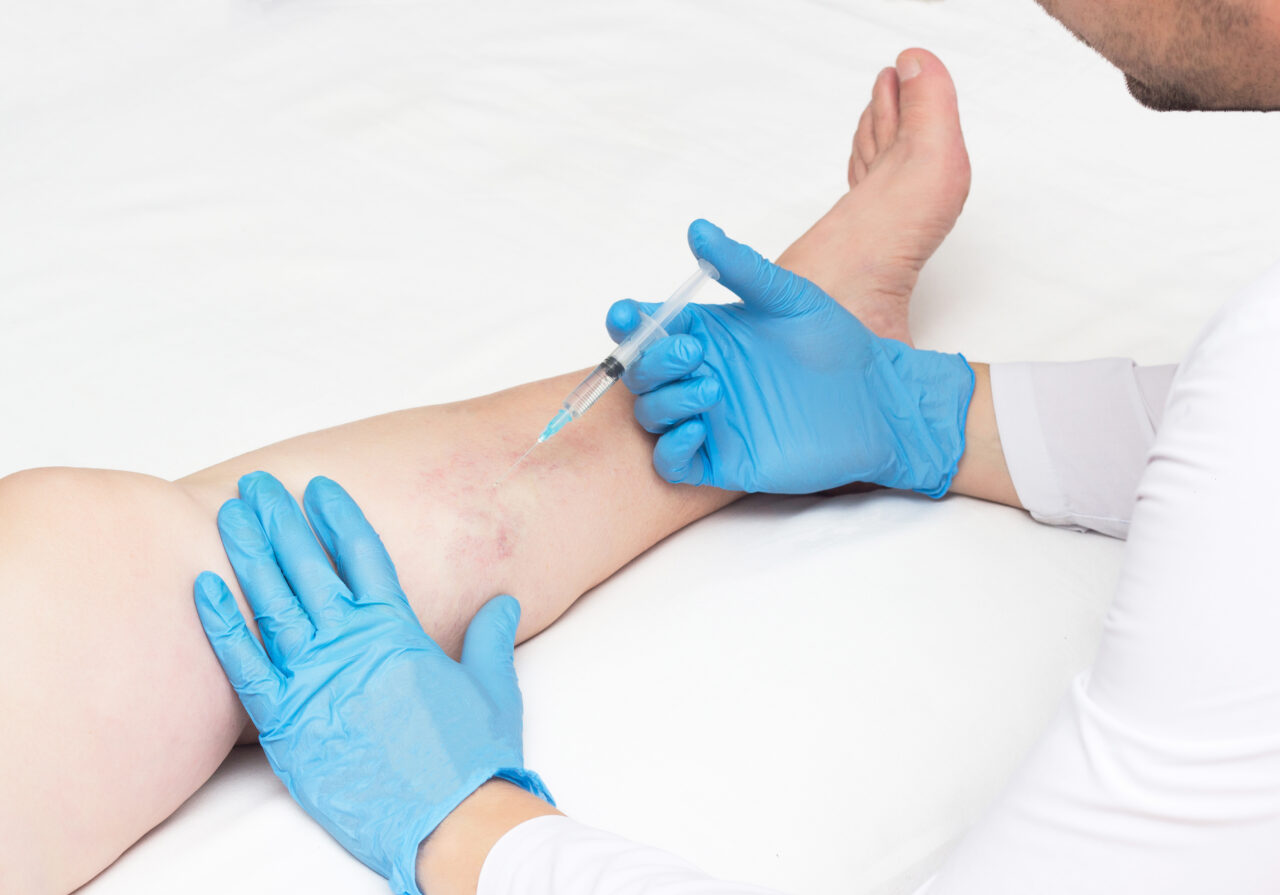For years, doctors had to diagnose traumatic brain injuries by simply asking the patient a series of questions or using other less accurate diagnostic methods.
Doctors would need to use their expertise to make a precise diagnosis. However, this process could take a long time and be inaccurate if the doctor is not experienced with diagnosing brain injuries.
To get an accurate diagnosis, doctors must wait for symptoms to appear. This could take days or weeks, which means that people with brain injuries often have to undergo dangerous surgeries before doctors diagnose them.
Today, a new device has been developed that can diagnose traumatic brain injuries in just minutes. The pupilometer is a device that gives doctors a clear picture of how well the patient’s brain is functioning by detecting the pupillary response in traumatic brain injury.
This article will explain how the pupilometer works and why it is so vital for the treatment of traumatic brain injuries.
What is a traumatic brain injury?
Traumatic brain injury (TBI) is one of the most common and severe injuries people can sustain in an accident. It occurs when a sudden force causes damage to the brain.
This could be from an impact to the head, such as being hit by a car or falling from a height, but it could also result from an object penetrating the skull.
The resulting signs can range from mild to severe, depending on the severity of the injury. A patient who has suffered a traumatic brain injury may experience confusion and forgetfulness, problems with concentration and attention span, mood swings, or irritability.
They may also have difficulty with balance and coordination. If there are signs that someone has suffered a traumatic brain injury (TBI), they should be taken to the hospital immediately.
How does a TBI impact the patient physically and mentally?
Both the patient’s physical and emotional health might be affected by a traumatic brain injury. These are some of the most commonly reported signs and symptoms:
- Confusion, disorientation, weariness, and headaches are all physical manifestations.
- Memory problems and the inability to focus are two mental complaints. These symptoms may subside on their own a few weeks to months after an accident, but they also carry the risk of escalating into more severe problems if left untreated. Individual differences in the person’s age at the time of the accident, degree of brain damage, and other prior diseases all influence how fast someone recovers from a head injury.
What is a pupilometer?
A pupilometer is a gadget that uses a camera and a light source (flash or laser) to identify signs of brain damage.
To evaluate the state of the patient’s eyes, a pupilometer is used to flash intense light into each eye and record the resulting pupil reactivity. If no brain tissue has been damaged, the pupils will constrict (narrow) in response to intense illumination.
However, one or both of the pupils’ abnormal contractions might result from brain tissue injury.
How does a pupilometer help in detecting traumatic brain injuries?
A pupilometer is an instrument that measures the diameter of the eye’s pupil.
It is possible to utilize it to identify brain injuries in individuals who are unable to communicate, as well as to assess which regions of the brain have been injured as a result of trauma. Light is directed into a patient’s eye, and an infrared camera measures the amount of light reflected out of the eye.
A healthy person’s pupils will constrict when exposed to light because they are reacting to what feels like an increase in brightness. However, the pupils of a person suffering from traumatic brain injury may not be able to react in this manner due to damage to their nervous system or other physiological changes caused by their injury.
The more severe their damage, the longer their pupils will remain open. This measurement may help physicians establish whether there are any substantial difficulties with how effectively their bodies are operating after a brain injury.




